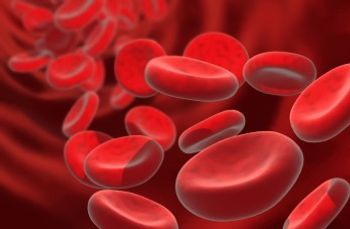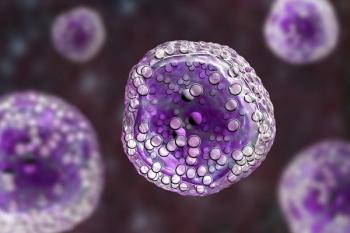
- ONCOLOGY Vol 10 No 9
- Volume 10
- Issue 9
How to Better Communicate Cancer Risk to Patients
Both physicians and public health specialists can learn valuable lessons about communicating cancer risks from the experiences of those engaged in environmental risk communications, said Frank Baker, phd, a senior official of the American Cancer Society (ACS).
Both physicians and public health specialists can learn valuablelessons about communicating cancer risks from the experiencesof those engaged in environmental risk communications, said FrankBaker, phd, a senior official of the American Cancer Society (ACS).
"An emergent theme from environmental risk communicationsis the importance of two-way communications, which has importantimplications for health risk communications as well," saidDr. Baker, who heads the ACS programs in behavioral and psychosocialresearch. He spoke at the ACS' National Conference on Cancer Preventionand Early Detection, sponsored, in part, by the Centers for DiseaseControl and Prevention.
The two areas of risk communications, environment and health,have separate research literature that overlap in certain areas,particularly occupational health and safety. Yet, Dr. Baker said,they yield somewhat different perspectives on how to communicatewith the public.
The Importance of a Clear Message
One important message from the environmental field is that thepublic "doesn't necessarily accept comparisons of voluntaryand involuntary risks," he said. And a person's cognitiveframework plays a major role in how they internalize risk messages.
"Psychologists have found that we live in a world of ourown perceptions and that we perceive things as hazardous dependingon these concepts," Dr. Baker noted. "People are influencedby these cognitive limitations and these judgmental rules, andwe need to be aware of that as we structure our communications."
Whether planning an antismoking public service campaign or tryingto persuade a two-pack-a-day cigarette addict to kick the habit,one needs to tailor the message to the knowledge level, concerns,age, and communication-processing capabilities of the message'starget. "This is important in patient communications,"he said.
One Style Is Not Enough
He described research he conducted at Johns Hopkins Universityprior to joining ACS, during which he examined the ways the physicianscommunicate risk-benefit information to people who are potentialbone marrow recipients. Rather than tailoring the information,Dr. Baker said, the physicians tended to resort to a "one-size-fits-allmentality," which reduced the effectiveness of their communicationefforts.
"You need to recognize that people have different abilitiesto process information, and certainly in anxiety provoking situations,"Dr. Baker said. This holds also for patients' willingness andabilities to pay attention and focus on the words and messageaimed at them. He quoted a friend who studies doctor-patient communicationsas saying: "Patients hear half of what the physician says,and then remember half of that."
Health communicators often rely on fear to convey their message,but fear alone is not enough, Dr. Baker said. He showed a familiarposter, one with a healthy lung on the left and a dirty, damagedsmoker's lung next to it. "Here we certainly have fear arousal,but it doesn't tell you what you can do about it," he said.Good occupational health communications, however, leave littleto the imagination or for misinterpretation, he said, becausethey not only emphasize risk but "what you can do about it."
Articles in this issue
about 29 years ago
Antisense Gene Therapy Trials Underway in Patients With CMLover 29 years ago
BOOK REVIEW: Leukemiaover 29 years ago
Most Terminal AIDS Patients Want to Be Revived if Their Heart Stopsover 29 years ago
Disease Management: State of the Art in Pancreatic Cancerover 29 years ago
Gemcitabine Shows Promise as Combination Agent in NSCLCover 29 years ago
Data Review Shows Fruits and Vegetables Can Block Major CancersNewsletter
Stay up to date on recent advances in the multidisciplinary approach to cancer.


















































































